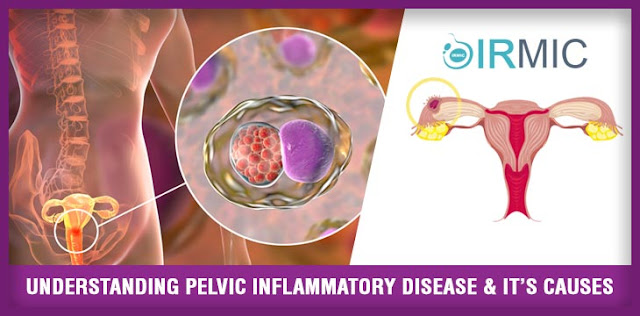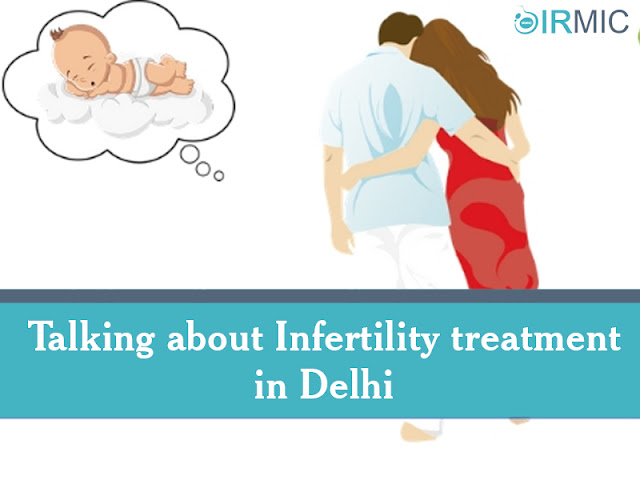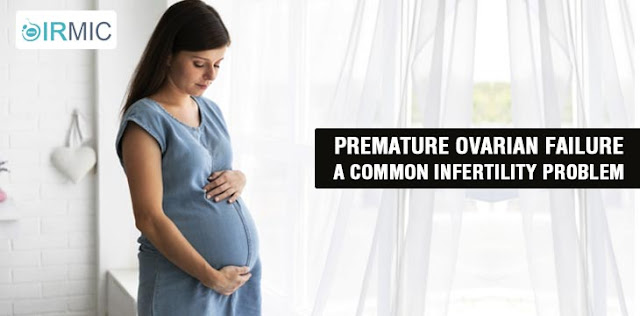Understanding Pelvic Inflammatory Disease & It’s Causes
Pelvic Inflammatory Disease is characterized by anything
which may cause inflammation within the uterus, fallopian tubes or ovaries.
This means that PID can have a wide range of causes from STIs (Sexually
Transmitted Infections) to post-surgical issues to the IUD (Intrauterine
Device).
PID afflicts nearly 1 million women each year and nearly
10%-15% of these women may become infertile due to the disease. The remaining
80 to 85 percent become more susceptible to ectopic pregnancies (pregnancies
occurring outside of the uterus, normally in the fallopian tubes). These
pregnancies are not viable and although over half will resolve themselves
spontaneously without medication, the other half may become notably dangerous,
or even life-threatening if left untreated.
Beginning of Pelvic
Inflammatory Disease (PID)
PID is primarily caused by bacterial infections, but can also
begin as viral, fungal or parasitic infections. The infection will generally
start in the vagina. Within the vagina, the infection can flourish and
multiply. If left untreated, the infection can
then spread to other parts of the reproductive system, such as the uterus or,
from there, the fallopian tubes and even the ovaries.
This infection presents the greatest threat when it has
spread to the fallopian tubes because once the infection begins to create scar
tissue within the fallopian tubes it will quickly create blockages due to the
narrow openings. These blockages cause infertility in women or lead to serious
ectopic pregnancies.
What are Different
Causes of Pelvic Inflammatory Disease (PID)?
STIs- It’s not the only cause, STIs are a large contributor
to the development and prevalence of PID today. This may be specifically
related to the rise in cases of STIs in general. Both Chlamydia and Gonorrhea
typically show no signs or symptoms, it is no mystery why these can develop
into PID so easily. So, the first and most efficient means of preventing PID
through an STI is simply using protection during sexual intercourse and/or, if
you're having unprotected sex, having a regular gynecological checkup. If we
can prevent the spread of these diseases by even a factor of 50% then we will
certainly see a similar reduction in the number of cases of PID each year, not
to mention a sharp decrease in the number of ectopic pregnancies as well.
Intrauterine device
(IUD)
Initial research surrounding the IUD indicated that the
instance of PID in women using an IUD was much higher than what more recent
research has shown. It is believed that there was a lack of control of the
groups used in the initial research, meaning the results could have shown much
more drastic results than the IUD causes. The more recent research has
indicated that the IUD only introduces a risk of PID if an untreated STI such
as Chlamydia or Gonorrhea is present. In these cases, the IUD would act to
accelerate or ensure the onset of PID. For this reason, it is essential that
the patient has their gynecologist perform a pelvic exam before the insertion
of the IUD. After the first month of being inserted, the IUD will present no
further threat.
Postpartum PID- PID occurs in postpartum women in
approximately 1% of cases. Once again, the most common cause of this is STIs.
Due to the unique changes to the body and hormones, the women are more
susceptible to STIs during the 12 months following pregnancy. For this reason,
it is even more important to have regular gynecological screenings in the 12
months following your pregnancy. However, that is not the only cause. If you
encountered any complications during the pregnancy or delivery, this may also
cause PID.
Post-abortion PID- Similar to Postpartum PID, if a
pregnancy is terminated or if the woman experiences a miscarriage the body may
be more susceptible to Sexually Transmitted Infections (STIs) due to a change
in the hormones within the body. However, due to the procedure involved with
terminating a pregnancy, there may be an increased risk of infection or an
increased risk of injury within the reproductive system which could cause
additional scarring.
Conclusion Of The
Discussion:
Pelvic Inflammatory Disease may be one of the scariest causes
of infertility in women as it strikes 1 million women annually. Some people
might say that we can't live our lives in fear, but that's not what I'm
recommending. The fact is that PID causes more cases of infertility in women
annually than anything else, yet it is entirely preventable. As a woman, you
need to take a stand for ourselves and understand that with our actions alone,
we can drastically reduce the instances of PID annually simply by reducing the
cases of STIs such as Chlamydia and Gonorrhea by practicing safe sex.
As a parent, I feel we must talk to our kids about sex and
safe sex, and remove the negativity we associate with sex. Then, if we take
that same understanding and that same responsibility to us, PID will become a
much less devastating cause of infertility in women. In the end, it is our
choice that makes a difference.
Resource Box:
Please visit Dr. RK Sharma the best IVF treatment clinic in Delhi for more information on what
causes pelvic inflammatory disease and for further diagnosis and treatment of
infertility related to this disease.
Content Source : https://drrksharmaivfdoctorindelhi.home.blog/2019/07/22/understanding-pelvic-inflammatory-disease-its-causes/




Comments
Post a Comment